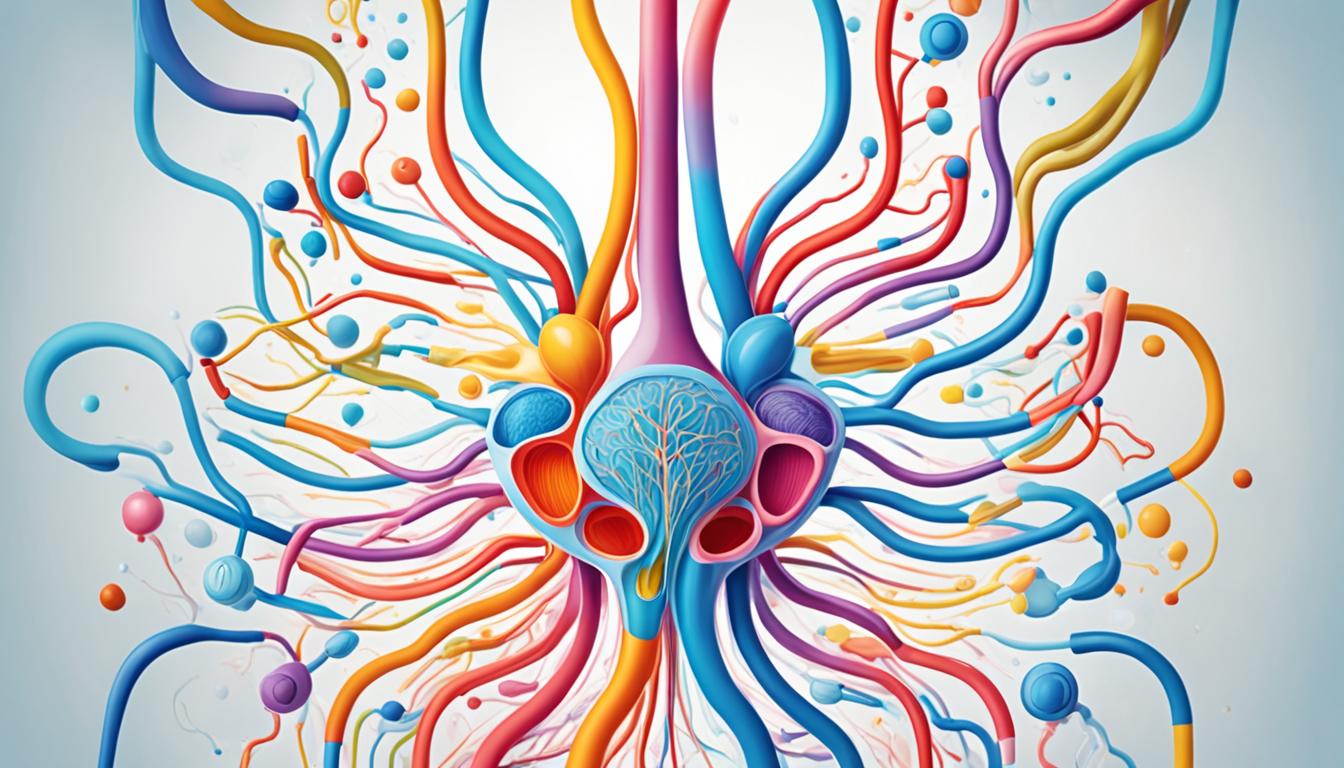Vesicoureteral reflux (VUR) is common in babies and kids. It’s when urine goes back from the bladder to the ureters or the kidneys. One in three children with a UTI has VUR. This condition can cause more infections and hurt the kidneys. This piece looks at symptoms, causes, diagnosis, and treatment for VUR. We’ll also talk about how stem cell therapy might help.
Key Takeaways:
- VUR means urine goes from the bladder back to the kidneys or ureters.
- About 1 in 3 kids with a UTI also have VUR, showing it’s pretty common.
- VUR may lead to more UTIs and kidney problems if it’s not treated.
- Its signs include UTIs, problems with peeing and pooping, and kidney scars.
- It may start before birth or because of other health issues.
- Doctors spot it with tests like ultrasound and cystourethrogram.
- Treatments range from antibiotics to surgery or adding fillers.
- Stem cells might one day offer new hope for VUR, but more study is needed.
How Common is Vesicoureteral Reflux?
Vesicoureteral reflux (VUR) is pretty common, especially in babies and little kids. About one in three children who get a UTI have VUR too. Although it’s often found in kids under two, it can also happen in older kids and even adults.
Kids with kidney or bladder issues are more likely to have VUR. Also, girls are more at risk than boys. Remember, VUR can run in families. So, if one family member has it, others may too.
Prevalence of Vesicoureteral Reflux in Different Age Groups
| Age Group | Prevalence |
|---|---|
| Infants and children (under 2 years old) | High |
| Older children and adults | Moderate |
VUR is seen a lot in babies and children, but its chances go down as people get older. Still, it’s a big issue in pediatric urology, the part of medicine that focuses on kids’ urinary system.
Factors Influencing the Prevalence of Vesicoureteral Reflux
- Kidney and urinary tract abnormalities
- Gender (girls are more susceptible)
- Genetic predisposition
It’s key to know how common VUR is and what leads to it. This helps in spotting and curing it. Next, let’s look at the signs and risks of vesicoureteral reflux.
Symptoms and Complications of Vesicoureteral Reflux
Vesicoureteral reflux (VUR) shows itself in different ways in kids. Most kids with VUR get UTIs. The problem starts when urine flows back and allows bacteria to cause infection. Kids with VUR might also have trouble controlling their bladder or bowels. This can lead to wetting the bed or feeling constipated.
When VUR gets serious, it can scar the kidneys. This is known as renal scarring. Kidney scarring can hurt how well the kidneys work and cause problems that last a long time.
Kids with bladder or bowel issues are more likely to get UTIs and have kidney problems. It’s key to watch out for these signs early to stop any complications.
Signs and Symptoms of Vesicoureteral Reflux:
- Urinary tract infections (UTIs)
- Bladder problems (e.g., urinary incontinence)
- Bowel problems (e.g., constipation)
The picture above shows how VUR might lead to kidney scarring. Keeping a close eye and managing VUR can lessen its kidney health effects.
Diagnosis and Treatment of Vesicoureteral Reflux
Diagnosing vesicoureteral reflux (VUR) includes using imaging tests. These tests look at the kidneys and the urinary tract. They give doctors a clear picture to plan the best treatment.
How to treat VUR depends on its seriousness and the patient’s health. If it’s mild, it might get better as the child grows. But, it’s very important to treat UTIs fast. This helps avoid kidney infections or renal scarring.
Sometimes, especially with more serious VUR, surgery is needed. This surgery can fix the valve problem or clear blockages in the urinary tract. Bulking injections may also be used to help the valve work better. Although vesicoureteral reflux can’t always be stopped, taking care of the urinary tract and treating issues quickly can lower the risk of problems.

